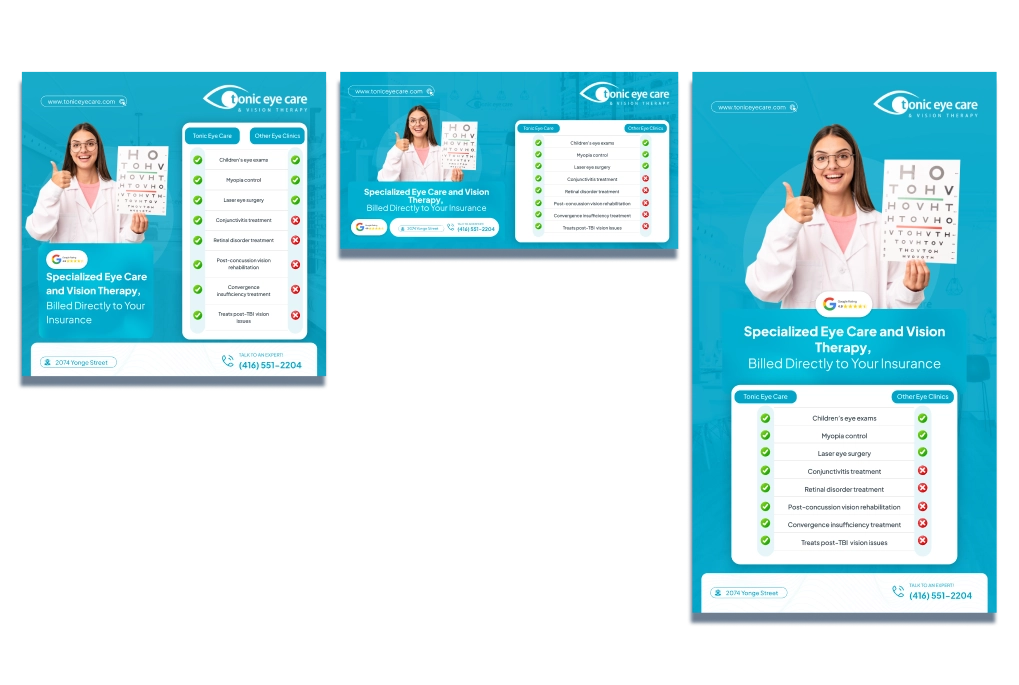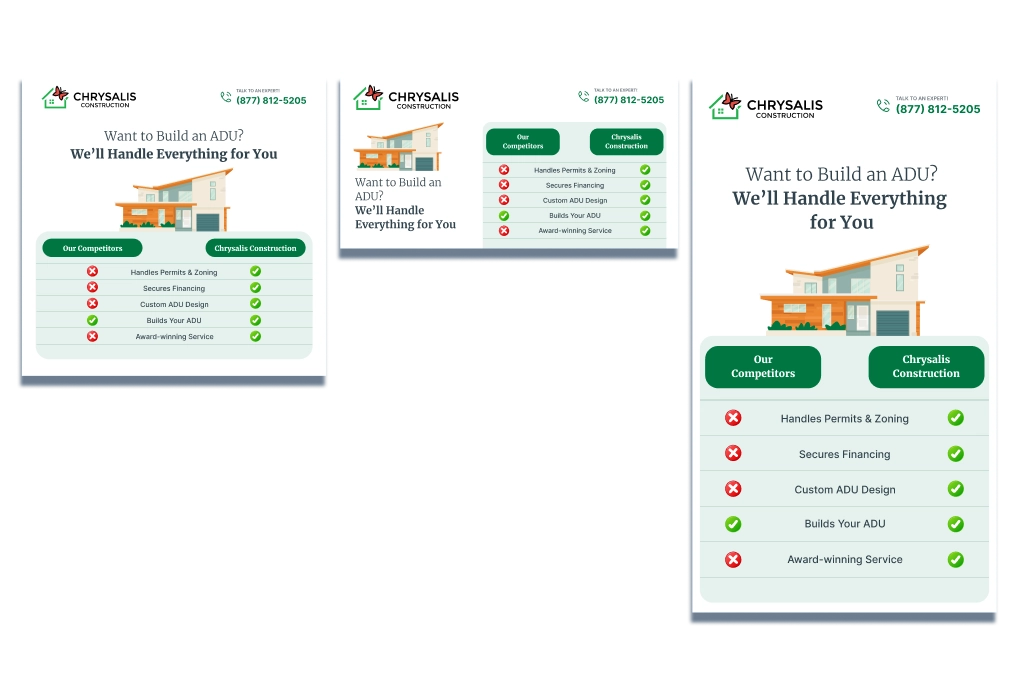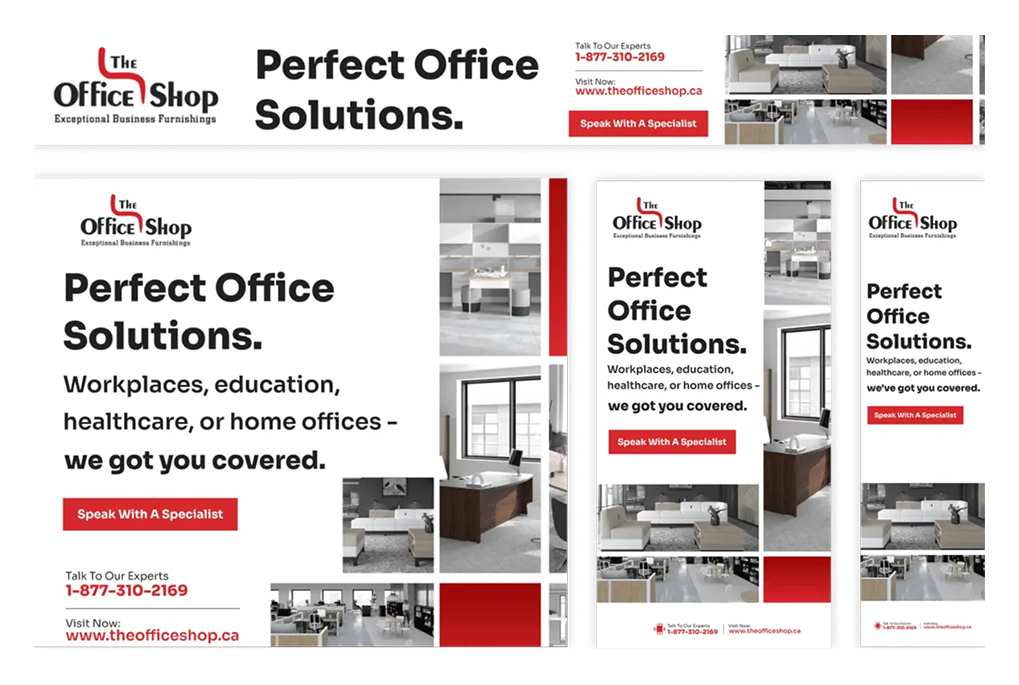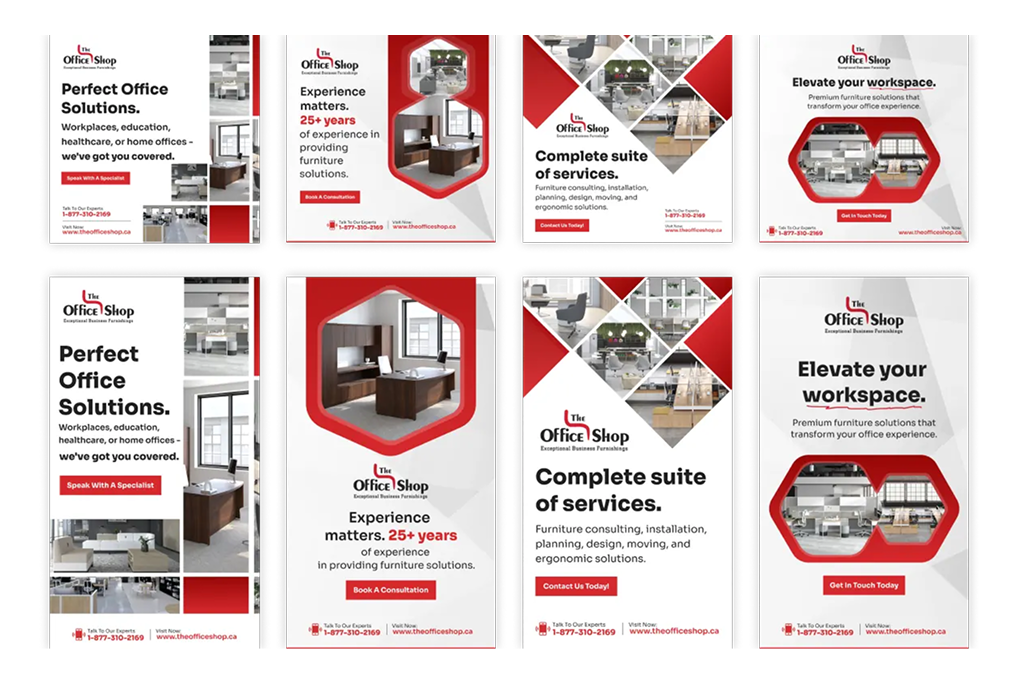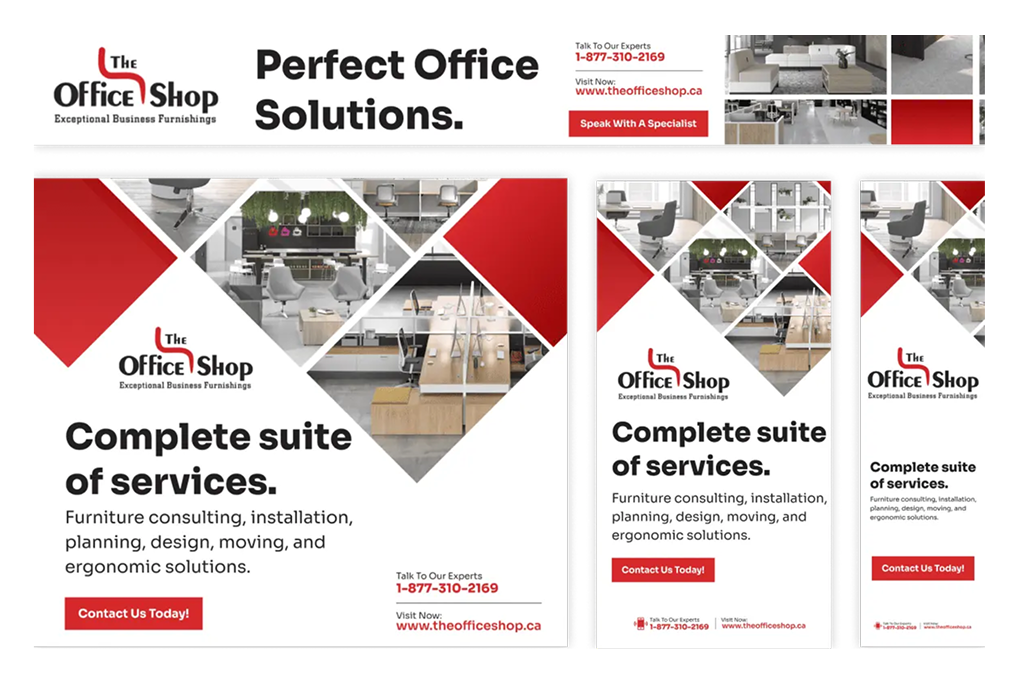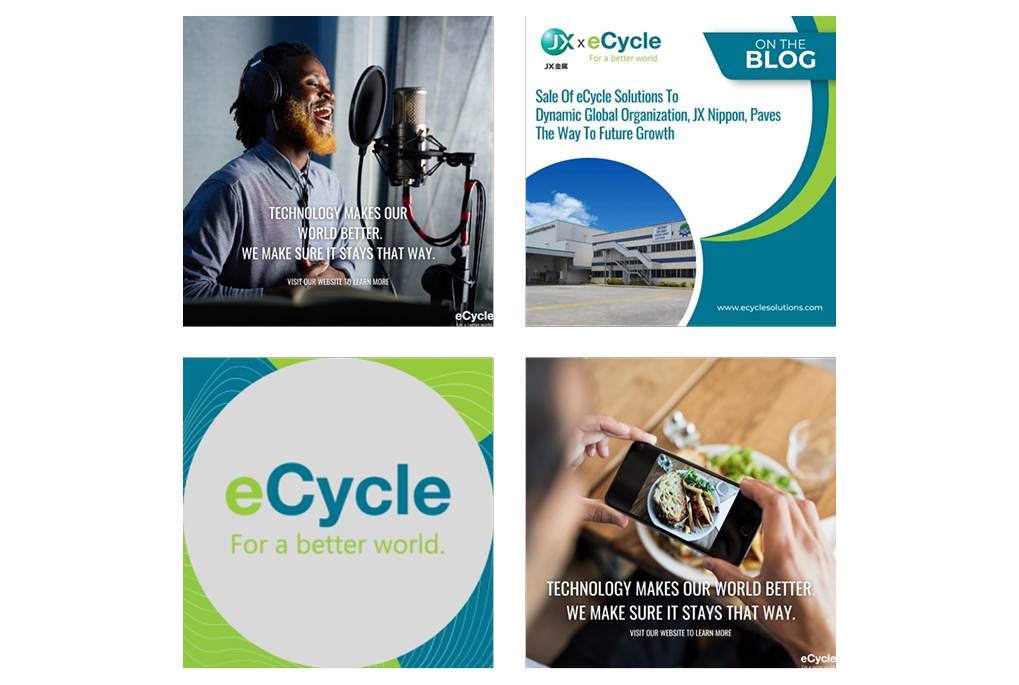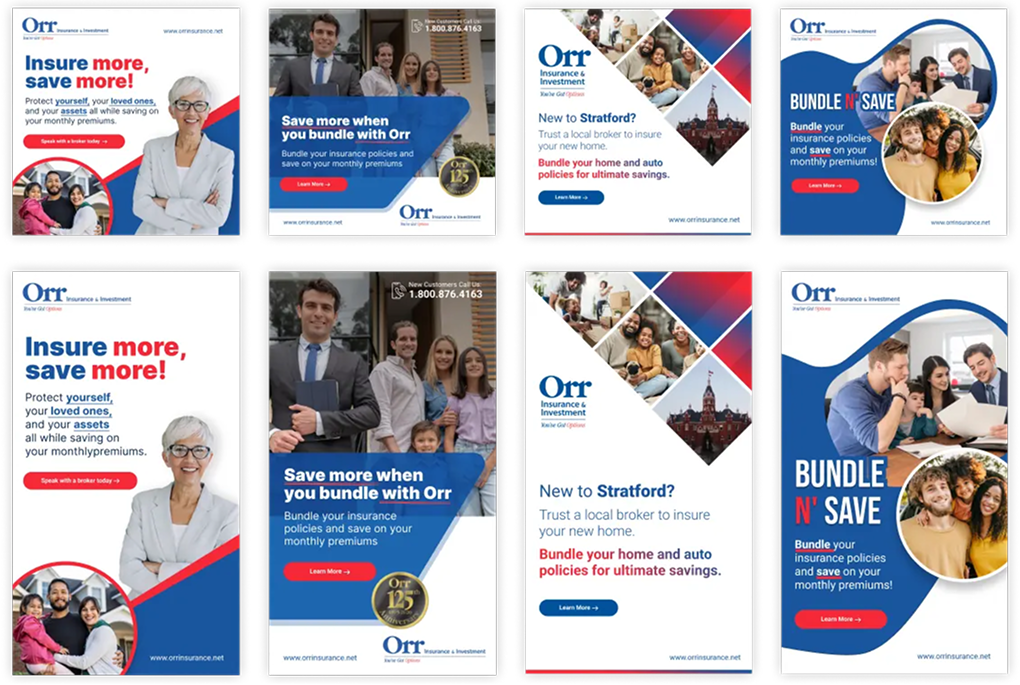
- Author: Ana Orjuela
- Digital Transformation
Small Business Marketing Budgets: How Much to Spend and Best Practices
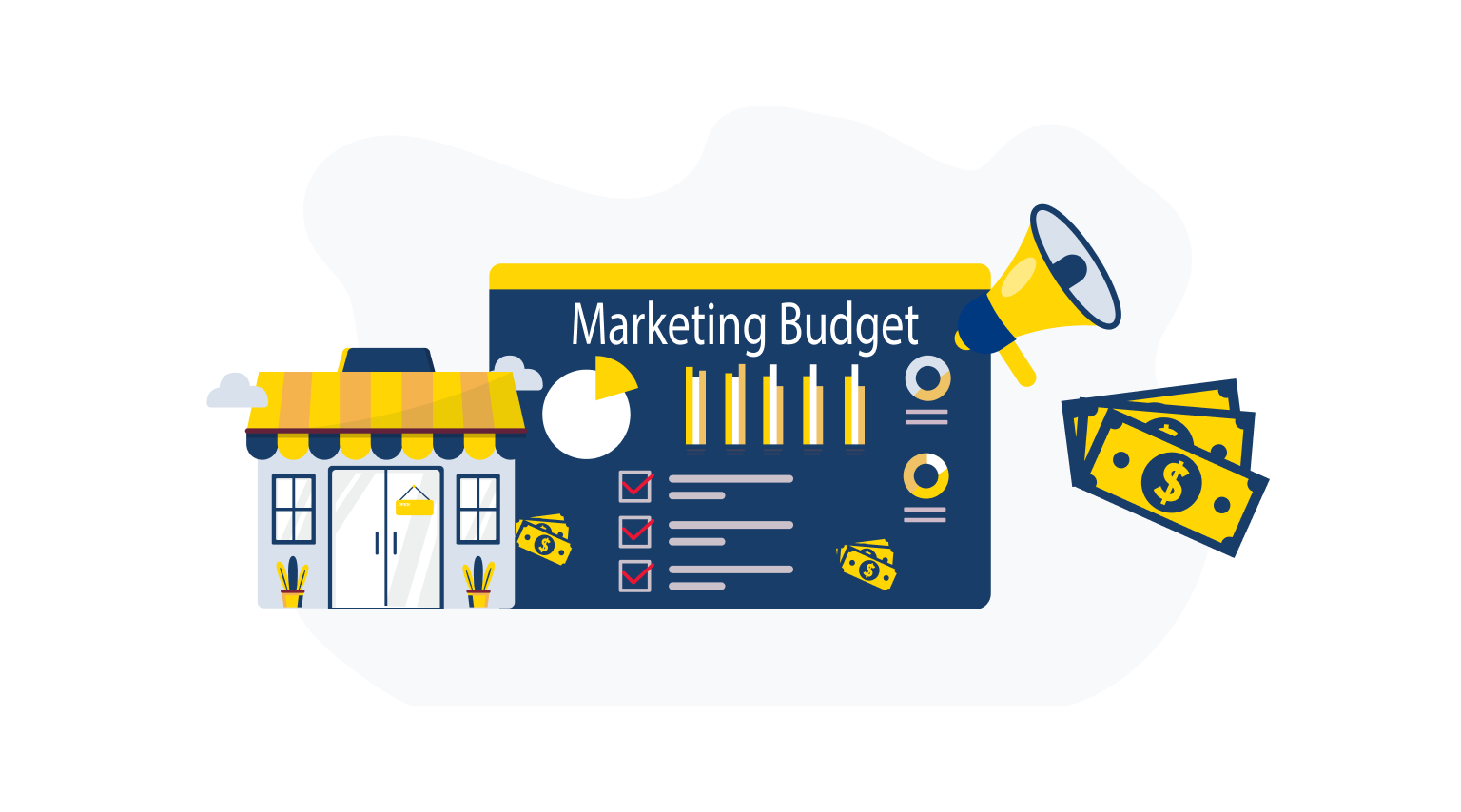
Imagine this: most local businesses allocate 5–10% of their revenue to marketing—yet high-growth firms often push that figure to 14% or more. But what’s the “right” spend for your small business, and how can you tailor your average marketing budget to hit your growth goals? In this in-depth guide, you’ll discover:
- Benchmark budgets by industry, from legal to retail, healthcare, restaurants, manufacturing, and tech
- Realistic spend ranges tied to total revenue and growth stage
- Data-driven tables and charts comparing benchmarks side-by-side
- Practical tactics to get the most bang for your buck
- Why consistent marketing investment matters and how to optimize ROI
A good marketing budget is crucial, not only for measuring its effectiveness and return on investment (ROI) but also for achieving non-monetary goals like increasing website traffic.
Whether you’re a small law firm wondering if 3% of revenue is too little, a new retail shop debating digital ads versus local sponsorships, or a healthcare practice exploring search engine strategies, this post is for you. Let’s dive in.
Introduction to Business Marketing
Business marketing is a crucial aspect of any company’s overall strategy, as it helps to raise brand awareness, attract customers, and increase sales. For small business owners, a well-planned marketing budget is essential to allocate resources effectively and achieve marketing goals. By understanding the different marketing channels available—such as social media marketing, Google Ads, and traditional advertising—small businesses can create a modest marketing budget that yields a positive ROI. Whether you’re focusing on digital advertising or more traditional methods, the key is to strategically invest in the channels that will best reach your target audience and drive growth.
What Is a Marketing Budget and Why It Matters
A marketing budget is simply the amount of money you set aside to promote your business over a specific period (usually a year). It covers everything from ad spend (Google Ads, Facebook, local media) to content production (blogs, videos, design), tools and software (SEO platforms, email automation), events, and sponsorships. Understanding and managing marketing costs is crucial to ensure that your spending is effective and within budget.
Why it matters:
- Strategic Alignment: Forces you to choose which channels deliver the best bang for your buck.
- Financial Control: Prevents overspending—and ensures you can forecast ROI and justify every dollar.
- Performance Tracking: With a clear budget, you can compare actual spend versus results (leads, conversions, revenue) and pivot quickly.
- Growth Planning: A defined budget becomes the baseline for scaling—if you know $50K generated $200K in pipeline, you can safely allocate more.
Evaluating and optimizing marketing initiatives is essential to enhance ROI, ensuring that your marketing efforts are both effective and efficient.
In short, a well-defined marketing budget isn’t just bookkeeping—it’s a roadmap that turns marketing from “throwing money at ads” into a repeatable, data-driven growth engine.
Ready to see how this translates into real-world percentages? Let’s align your financial roadmap with proven ranges.
Determining Marketing Goals
Determining marketing goals is a critical step in creating a marketing budget. Small business owners should set specific, measurable, achievable, relevant, and time-bound (SMART) goals, such as increasing online sales or building brand awareness. By understanding their target audience and market conditions, small businesses can allocate their marketing dollars effectively. For instance, if your goal is to increase online sales, you might invest more in digital advertising and SEO. Conversely, if brand awareness is your primary objective, social media marketing and content creation might take precedence. Clear goals ensure that every dollar spent is aligned with your overall business strategy and objectives.
Small Business-Focused Marketing Budget by Industry
Below are recommended marketing spend ranges as a percentage of revenue for common Small Business sectors:
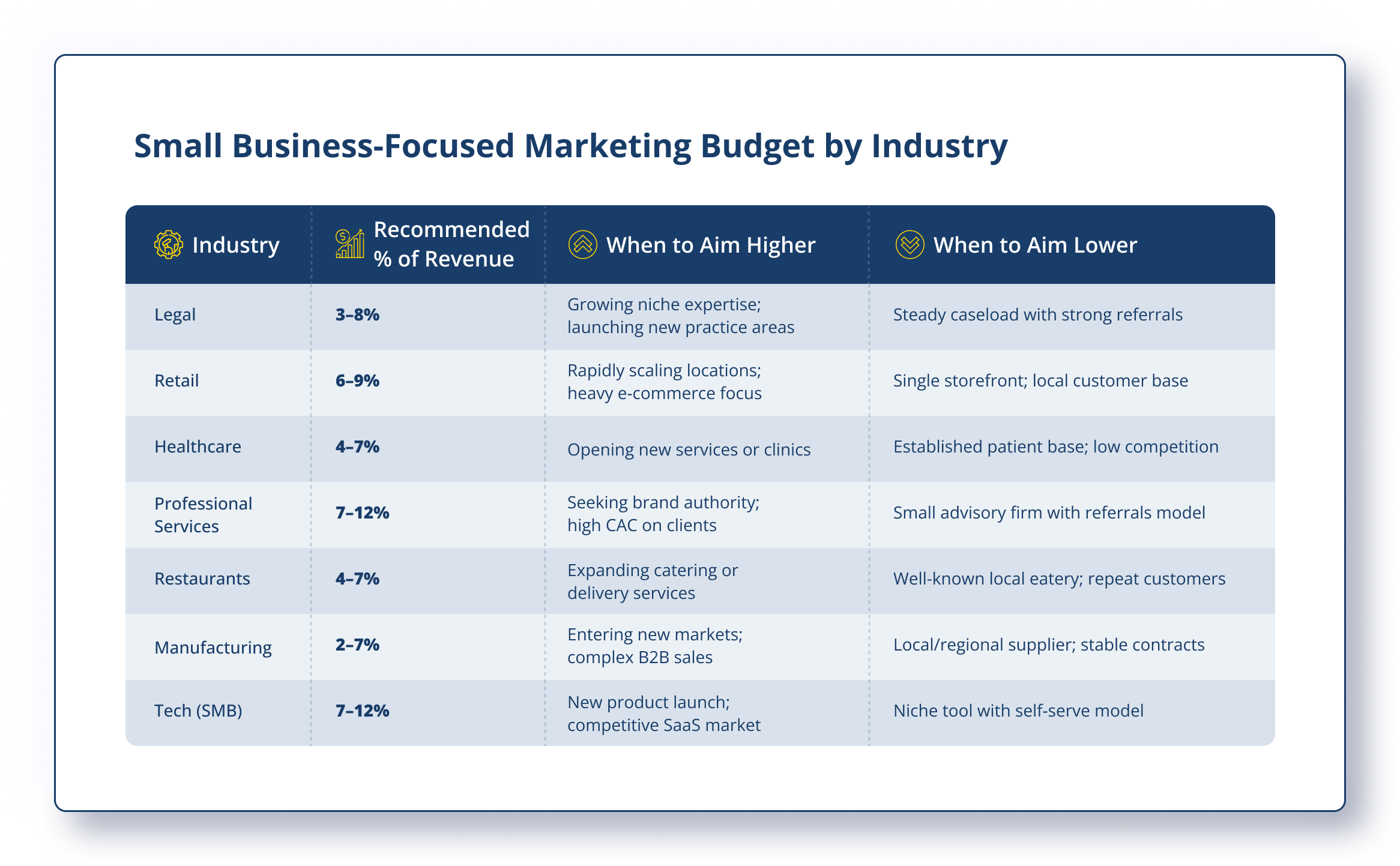
How to choose within these ranges:
- Assess Growth Goals: If you need fast customer acquisition or market expansion, lean toward the upper end.
- Evaluate Competition Level: More crowded markets demand higher spend to stand out.
- Consider Margins & Cash Flow: Lower-margin businesses or those with tight cash can start conservatively and scale as ROI proves out.
- Factor in Marketing Maturity: If you have existing channels performing well, you can boost budgets confidently; if you’re testing from scratch, start small.
These SMB-centric benchmarks simplify decision-making—giving you a practical starting point tailored for small businesses. Additionally, it’s helpful to see what the broader market is doing. Here’s a quick industry snapshot for 2025, giving you a high-level gauge of the competitive landscape:
Allocating funds for different marketing initiatives is crucial to ensure that your budget covers various channels effectively. Managing advertising dollars wisely within these industry-specific budgets is essential to drive sales and profits while minimizing waste.
2025 Industry Snapshot
Gartner’s 2025 CMO Spend Survey reports that marketing budgets have flat-lined at 7.7% of overall company revenue—unchanged from 2024—based on insights from over 400 CMOs across North America, the U.K., and Europe. This plateau suggests:
- Competitive Benchmark: The industry “bar” is set near 7–8% of revenue.
- Opportunity for Small Businesses: If you’re spending below this, consider a strategic bump to close the visibility gap.
- Emphasis on Efficiency: With budgets flat, CMOs are prioritizing AI-driven analytics and productivity tools to stretch every dollar—underscoring why small businesses should leverage automation and data-driven workflows.
Why Marketing Investment Matters for Small Businesses
Now that we’ve explored industry benchmarks and current spend trends, it’s time to connect the dots: what do these investments in various marketing activities actually achieve? Below are the core reasons why a dedicated marketing budget is a growth catalyst for small businesses:
- Visibility & Lead Generation: Consistent spend (e.g., SEO, content, paid ads) keeps you top-of-mind. Think of it like keeping your shop’s “open” sign lit at all times: regular SEO, content, and ads make sure you show up first when people look for what you sell. Those touchpoints—from a blog post to a search ad—remind prospects you exist and build familiarity. Over time, that steady presence drives more clicks, higher conversions, and lower acquisition costs.
Setting specific marketing goals to increase leads is crucial. Aim for quantifiable targets, such as a specific percentage increase, and use tools like CRM software to track lead generation. Aligning these goals with overall business objectives ensures resources are effectively allocated to channels that can maximize lead acquisition.
- Brand Building: Even small bursts of creative campaigns (social, local sponsorships) cement trust over time. Think of brand building as planting seeds: a few well-placed social posts or sponsoring a local event puts your name in front of the community. These creative bursts spark conversations and signal credibility—people trust you more when they see you supporting causes or sharing engaging content. Over time, that trust translates into word-of-mouth referrals, repeat business, and a stronger reputation that makes sales easier.
- Competitive Parity: If your industry peers are spending 7% of revenue, investing only 2% can leave you invisible. Imagine your peers all running billboards at a busy intersection—if you only post a small sign around the corner, no one sees you. Matching the 7% spend means you’re in the same arena, competing for attention and mindshare. Underinvest, and you risk fading into the background while competitors capture the spotlight.
- Data-Driven Optimization: Regular investment fuels testing and iteration—essential if you want efficient ROI. Think of it as fine-tuning a race car: by consistently allocating budget, you can run small tests—different ad copy, landing pages, offers—and measure what works. Each test provides data, letting you double down on winners and ditch losers. Over time, this iterative approach drives down costs and boosts ROI like clockwork
A small business that under-invests risks stagnation; one that over-invests without strategy risks wasted dollars. The sweet spot depends on your revenue size, growth goals, and marketing maturity.
Understanding why marketing investment pays off is just the first step. Managing that investment effectively comes with its own hurdles.
Challenges of Managing Your Marketing Budget
Managing a marketing budget can be as tricky as allocating the dollars themselves. Small businesses often face hurdles such as:
- Limited Resources: With tight cash flow, even a small overspend can derail other critical operations (payroll, inventory, rent).
- Unpredictable ROI: Early campaigns may underperform as you test channels—making it hard to forecast and commit funds.
- Lack of Expertise: Without dedicated in-house marketing expertise, businesses struggle to choose the right mix of tools, platforms, and agencies.
- Data Silos & Measurement Gaps: Tracking ROI across multiple channels (paid ads, organic, events) requires integrated analytics—often a missing piece for small teams.
- Shifting Priorities: Seasonal demands, new product launches, or sudden market shifts force frequent budget reallocation, increasing complexity.
A marketing manager plays a crucial role in strategy development and budget optimization, utilizing frameworks like SMART goals to evaluate and re-evaluate marketing strategies, ensuring effectiveness and adaptability in their campaigns.
Overcoming These Challenges:
- Build a Test-and-Learn Framework: Start with small pilot budgets for each channel, use clear KPIs (CPL, CAC), then scale winners.
- Invest in Reporting Tools Early: Even affordable dashboards (Google Data Studio, HubSpot Reports) help unify data and clarify performance.
- Leverage Outside Expertise: Engage agencies or freelancers through small retainers or ongoing agreements to maintain skill coverage without unpredictable spikes in cost.
- Set Contingency Reserves: Allocate ~10% of your marketing budget for unexpected opportunities or pivots.
- Regular Budget Reviews: Monthly check-ins ensure you catch overspends quickly and reallocate to high-performers.
Calculating Your Exact Budget
Finding the right marketing budget doesn’t have to be a spreadsheet marathon. Here’s a streamlined approach:
- Know Your Revenue Baseline. Example: Projected annual revenue of $500K.
- Pick Your Sweet-Spot Percentage. Choose a figure within your industry range (see Small Business-Focused Marketing Budget by Industry). Example: 9% for professional services translates to $500K × 9% = $45K/year. It’s crucial to set a budget based on industry ranges and revenue to ensure efficient allocation of marketing resources.
- Break It Down by Month & Channel. Divide your annual budget into 12 to get a monthly number (e.g., $3.75K/month). Allocate in broad buckets (e.g., 40% paid ads, 25% content, 20% SEO, 10% email, 5% events).
- Build Flexibility In. Reserve ~10% of your budget for quick tests or unplanned opportunities.
- Use Simple Tracking. Set up a basic sheet or dashboard to record spend vs. leads/revenue each month. Review monthly to reallocate dollars toward top performers.
This narrative-driven framework keeps things actionable—plug in your numbers, map to channels, and start tracking without the overwhelm.
But let’s break this down a bit more so you can stop guessing and start acting. Below is a three-phase playbook to help you apply your data and drive real growth.
Action Playbook: Plan, Execute, Optimize
Marketing dollars go further when you apply a structured approach. Here’s a refreshed format that breaks tips into three phases:
Plan: Set Yourself Up for Success
- Define Clear Goals & KPIs • Identify your primary objective (e.g., lead volume, revenue, brand awareness) and ensure it aligns with your overall business goals. • Choose 2–3 KPIs (CPL, CAC, ROI) to track via a simple dashboard.
- Allocate Budget with Purpose• Use SMB budget benchmarks ranges to map initial splits (paid vs. organic vs. events). • Reserve 10% for agile testing and unplanned opportunities.
- Invest in Foundational Tools• CRM/email automation for nurture sequences and reporting tools (e.g., Google Data Studio) to consolidate multi-channel data.
Execute: Launch & Learn Quickly
- Pilot Small-Scale Campaigns• Run $500–$1,000 ad tests on Google or social to measure CPC and conversion. Include different types of online ads to determine which formats drive the best results. • Test creative variations and landing pages concurrently.
- Leverage Content & Community• Publish one high-impact piece per month: case study, guide, or video. • Engage local groups, online forums, or referral partners for organic reach.
- Use Automation for Efficiency• Set up drip email sequences for leads. • Implement chatbots or scheduling tools to capture interest 24/7.
Optimize: Scale What Works
- Review & Reroute (Weekly & Monthly)• Weekly: pause underperforming ads and double down on winners. • Monthly: compare spend vs. leads/revenue to adjust channel mix and re-evaluate marketing strategies to ensure effectiveness.
- Iterate on Creative & Offers• Rotate messaging, images, and CTAs to combat ad fatigue. • Test discount or bundled offers to boost conversion rates.
- Expand Successful Tactics• Increase budget on top-performing campaigns by 10–20%. • Scale organic winners (e.g., repurpose blog content into social posts).
Deep Dive: Where Your Marketing Dollars Actually Go
Now that you’re executing against a plan, let’s zoom into how marketing expenses are actually split and understand the importance of tracking these costs. In 2024, paid media accounts for nearly 30% of spend—up from 23% in 2019—as companies double down on digital channels. Marketing technology investment climbed to 27.9% (from 23.7%), reflecting a push toward automation and deeper analytics. Meanwhile, agencies and in-house labor have dipped to 25.0% (from 28.5%) and 17.9% (from 24.8%), respectively, as brands bring more capabilities in-house and seek cost efficiencies.
Source: Gartner CMO Spend Survey, 2024
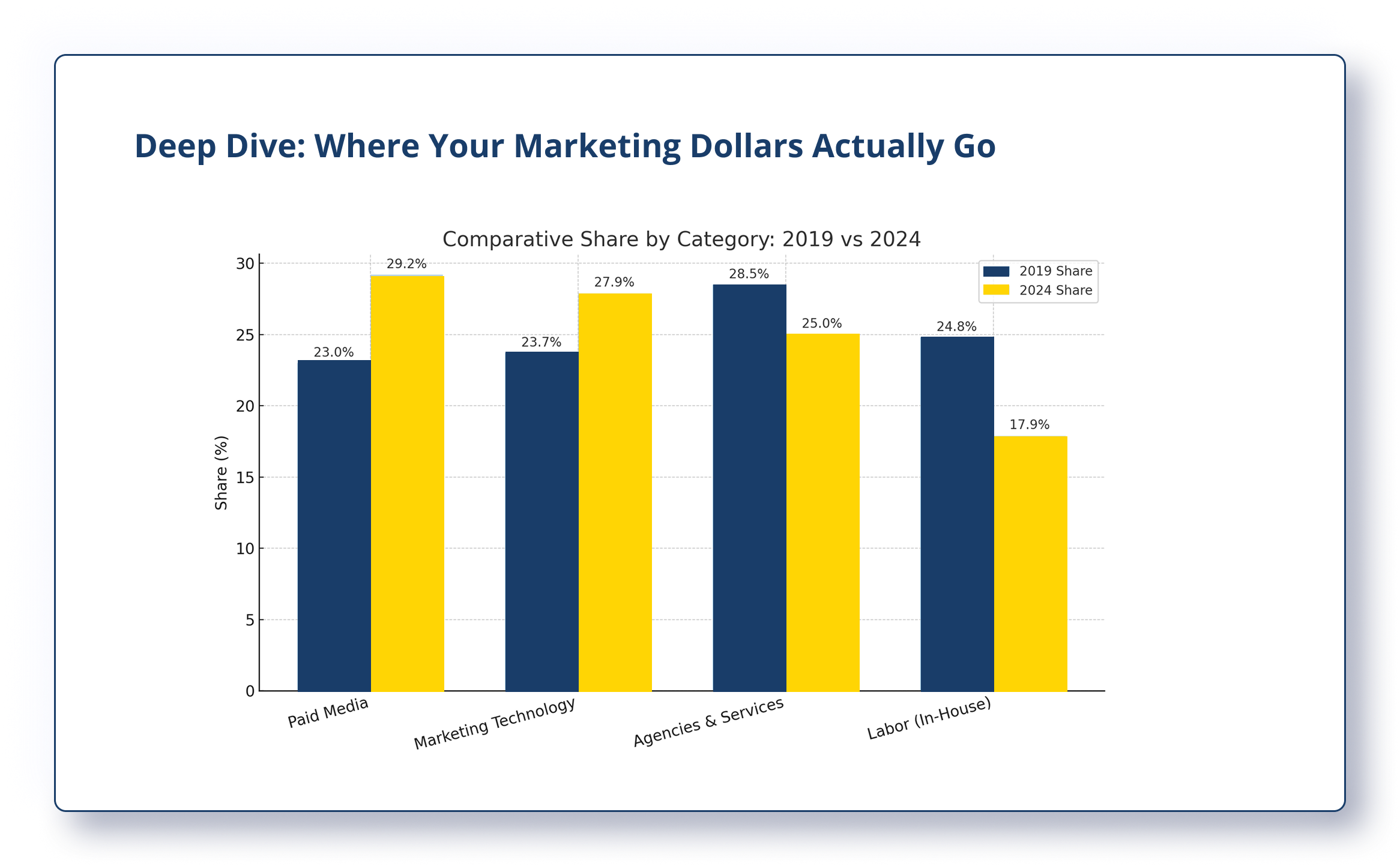
Business Model Matters: B2B vs. B2C Budget Splits
Every company’s customer dynamics affect budget allocation—B2B buyers behave differently than B2C shoppers. This split in priorities affects where you allocate your dollars. The table below highlights how B2B and B2C marketers distribute budgets, helping you choose the right focus for your model.
Source: Gartner CMO Spend Survey, 2024

Where to Point Your Digital Dollars
Within digital channels, when a company allocates its budget, measuring ROI and understanding the costs involved from each channel is crucial to evaluate the effectiveness of marketing strategies and adjust budget allocations accordingly. These categories commanded the largest slices of enterprise digital budgets in 2024:
- Search Advertising: ~17%
- SEO & Organic: ~16%
- Social Advertising: ~14%
Small businesses can mirror this by earmarking approximately 30–35% of their digital budget to search (paid + organic), leaving room to test social ads as budgets grow.
Funding the Growth Engine: Top Programs & Operations Areas
Besides channels, marketers also invest in key functional areas—or “programs”—that power growth. A clear marketing strategy tied to your target customers is essential for allocating budget to these programs effectively. These include demand generation tactics, the operations infrastructure that keeps campaigns running smoothly, website and user experience improvements, sales enablement tools, and the campaign management process itself. Allocating budget to these programs ensures your marketing engine runs efficiently and scales effectively.
Source: Gartner CMO Spend Survey, 2024 Snapshots PDF
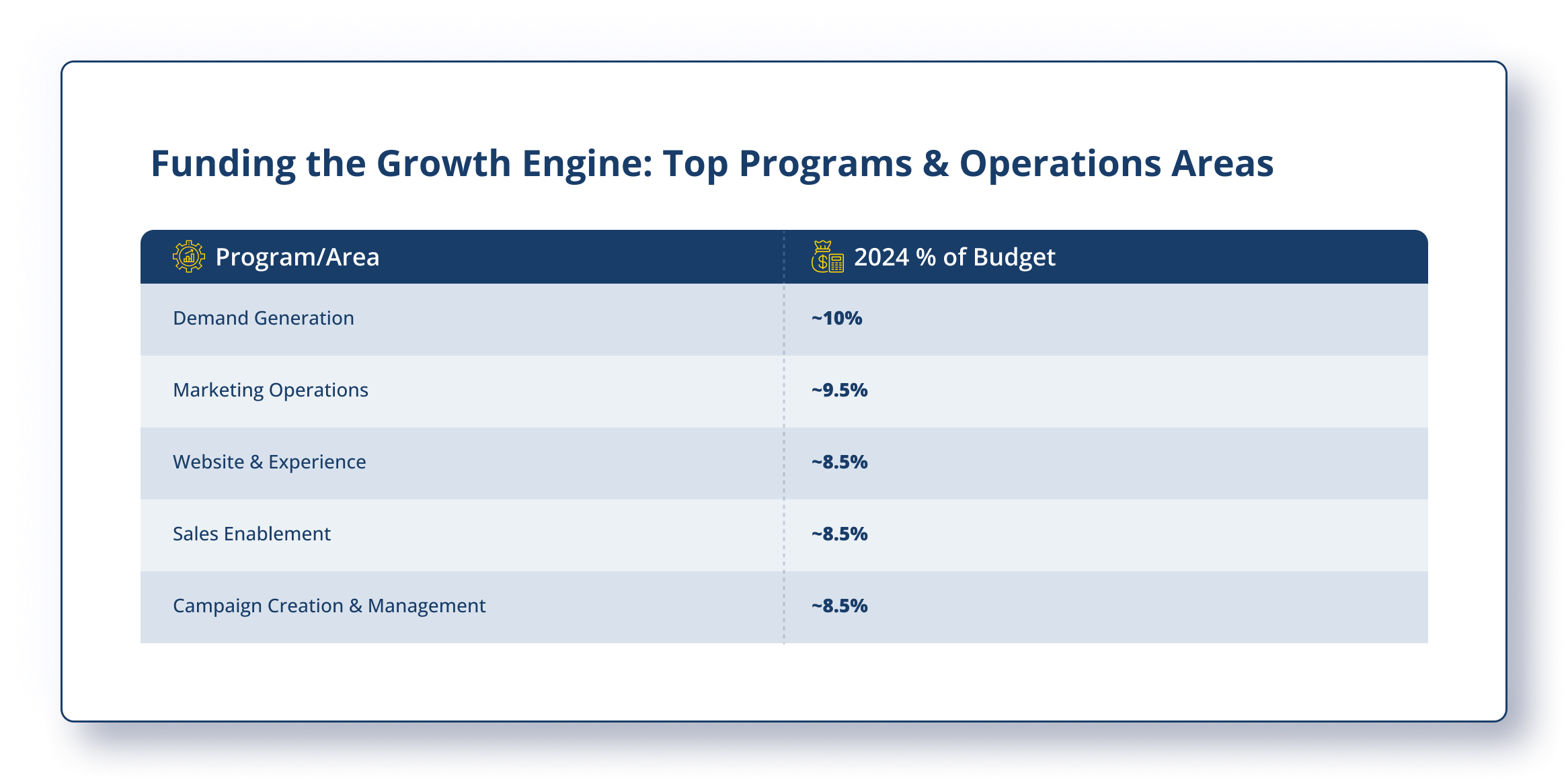
For SMBs, dedicating even 5–10% of marketing spend to operations (tools, analytics, process) and website improvements can unlock performance gains far beyond the dollars invested.
Embracing the Era of “Less”: Email Marketing & Productivity Gains
With overall budgets plateauing—budgets fell ~15% in some industries—enterprise CMOs are turning to productivity tools and GenAI to do more with flat spend. Small businesses can get ahead by:
- Automating routine tasks, from email marketing sequences and drip campaigns to social scheduling, to free up time for strategy and cut costs.
- Using AI-driven analytics to pinpoint high-impact tactics quickly: leverage platforms that automatically surface your top-performing ads, keywords, or content by analyzing conversion rates, engagement metrics, and cost-per-lead—so you can shift spend toward winners without manual guesswork.
Marketing Campaign Measurement
Measuring the effectiveness of marketing campaigns is crucial to determine the ROI and make informed decisions. Small business owners should track their marketing metrics, such as website traffic, social media engagement, and lead generation, to evaluate the success of their marketing efforts. Tools like Google Analytics can provide valuable insights into how your campaigns are performing. By regularly reviewing these metrics, small businesses can adjust their marketing budget to focus on the most effective strategies. This data-driven approach ensures that marketing dollars are spent wisely, maximizing the impact of each campaign.
Leveraging Free Digital Marketing Channels
Leveraging free digital marketing channels, such as social media and email marketing, can help small businesses reach their target audience without breaking the bank. By creating engaging content and utilizing search engine optimization (SEO) techniques, small businesses can increase their online visibility and drive more traffic to their website. Additionally, free tools like Google My Business and Yelp can help manage your online presence and attract more customers. These platforms allow you to engage with your audience, respond to reviews, and provide updates about your business, all of which contribute to building a strong online reputation.
When and Why You Should Pivot Your Marketing Budget
Even the best-laid plans need course corrections. Use performance data and market cues to decide when to shift spend—and why each pivot makes sense, considering all potential costs associated with these changes:
- When Revenue Growth Plateaus: If month-over-month revenue growth stalls for two consecutive periods, add 1–2% to your overall marketing spend and pilot a new channel—like social ads or influencer partnerships—to reignite momentum. Be sure to account for potential costs, such as variable expenses from PPC ads or fixed costs from email marketing software, to ensure your budget remains effective.
- During Slow Sales Periods: Track seasonal trends in your sales data. When ad costs drop (for example, lower CPC in winter for retail), temporarily move 5–10% of paid ad dollars into brand-building content—such as evergreen blog posts or video tutorials—to seed awareness ahead of the next peak. Understanding potential costs here will help you allocate resources more efficiently.
- Amid High Competition Spikes: Monitor your competitors’ moves via tools like SEMrush alerts or social listening. If you see ad frequency soar in your niche, reallocate up to 20% of your budget into differentiated campaigns—unique creative angles, limited-time offers, or niche sponsorships—to stand out rather than just spending more on the same keywords. Considering potential costs will ensure you don’t overspend while trying to outdo competitors.
Every pivot should be guided by clear KPIs (e.g., change in CPL, conversion rate uplift) and a set review date (weekly or monthly) so you can measure impact and roll back quickly if needed.
Common Marketing Mistakes
Common marketing mistakes, such as overspending on unnecessary costs and failing to track marketing metrics, can hurt small businesses and prevent them from achieving their marketing goals. Small business owners should avoid excess and unnecessary costs by regularly reviewing and adjusting their marketing budget. Investing in marketing data and analytics tools is crucial for tracking metrics and making informed decisions. By avoiding these common pitfalls, small businesses can create an effective marketing budget that supports their growth objectives. Regularly re-evaluating your strategy and being willing to pivot based on performance data will help ensure that your marketing efforts are both efficient and effective.
By following these guidelines, small business owners can create a marketing budget that not only aligns with their business goals but also maximizes their return on investment.
Key Takeaways
- Benchmark Wisely: Small businesses should allocate an average marketing budget of 3–12% of revenue, depending on industry and growth goals.Setting a realistic small business marketing budget is crucial to ensure funds are allocated effectively and align with overall business success.
- Data-Driven Allocation: Use industry benchmarks and real-time performance data to split budgets across paid, organic, and events.
- Invest in Tech & Automation: Shift towards paid media and martech tools to maximize efficiency, while trimming agency and headcount costs where possible.
- Plan-Execute-Optimize: Follow a three-phase approach—set goals and allocate funds, pilot campaigns, then scale winners and iterate creative.
- Be Agile: Regularly review performance and pivot your spend (+1–2%, seasonal shifts, differentiation tactics) based on clear triggers and KPIs.
- Holistic Budgeting: Allocate 5–10% of your spend to programs like operations, website UX, and sales enablement to build a sustainable growth engine.
Ready to supercharge your marketing? Analyze your current spend, compare it to these benchmarks, and start optimizing. Whether you need a full audit, competitive intelligence, or ROI-driven campaign plans, now’s the time to act.
🚀 Call to Action: Perform a quick marketing audit today—track your last 3 months of spend and leads, map them to channels, and identify your highest-performing sources. Then, scale what works and trim what doesn’t!
Empower your small business with data-driven marketing—because every dollar counts.*
Need expert support? Consultus Digital can help with comprehensive budget audits, custom strategy development, and hands-on campaign management—get in touch to see how we can boost your ROI.
This Month's Strategy Can Define Your Year - Don't Miss Out!

4.9 stars from 43 entrepreneurs

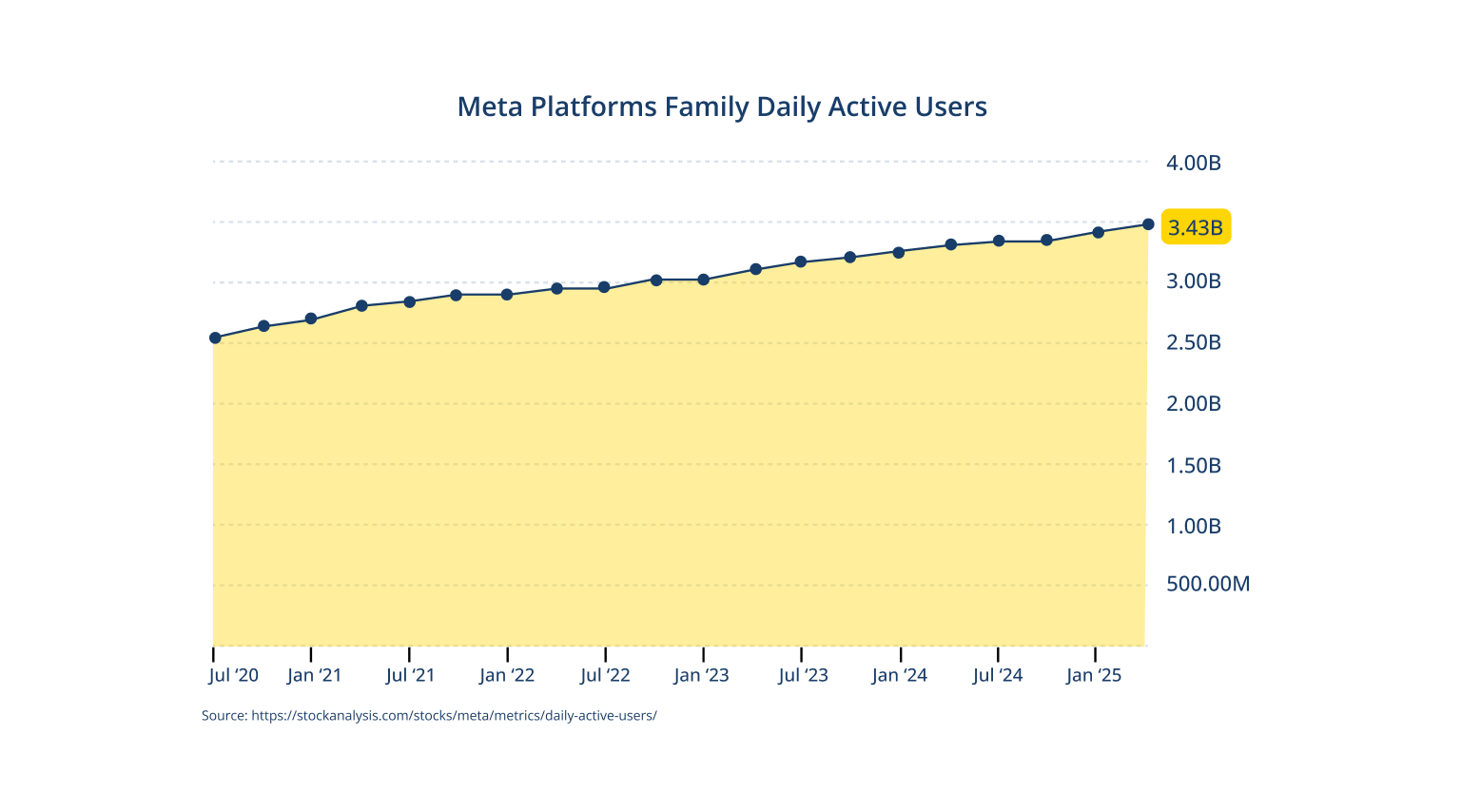
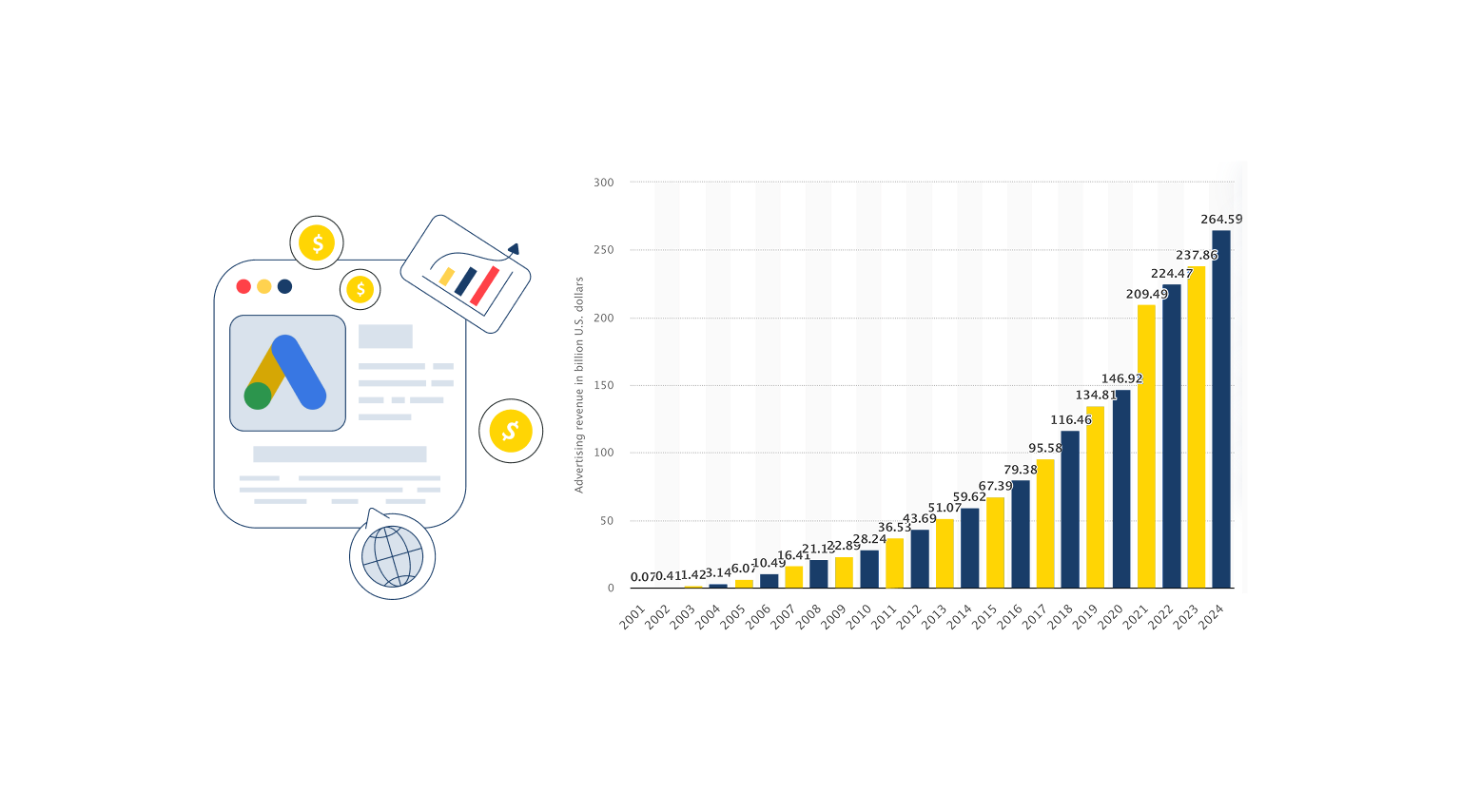
 416-460-1810
416-460-1810























